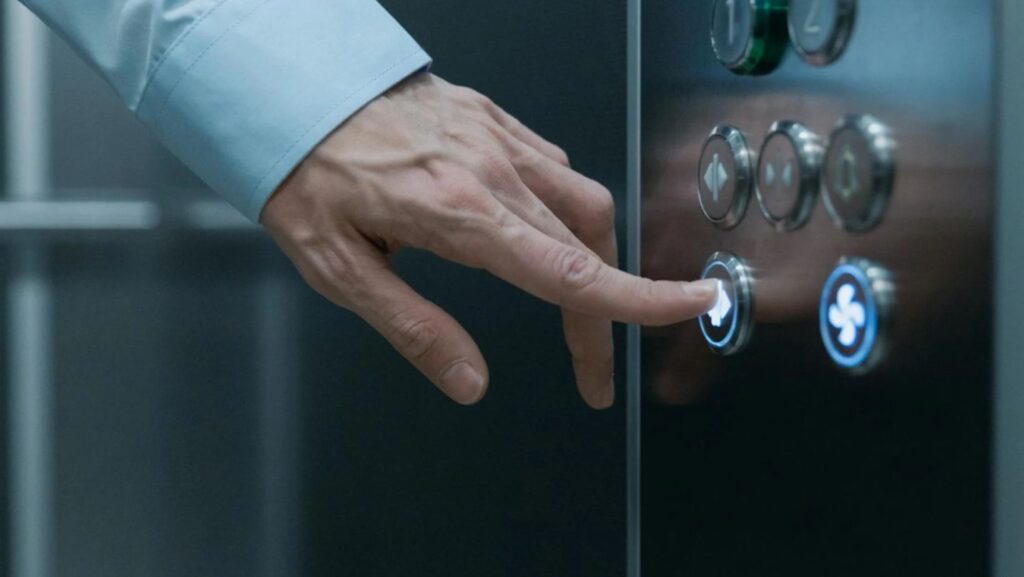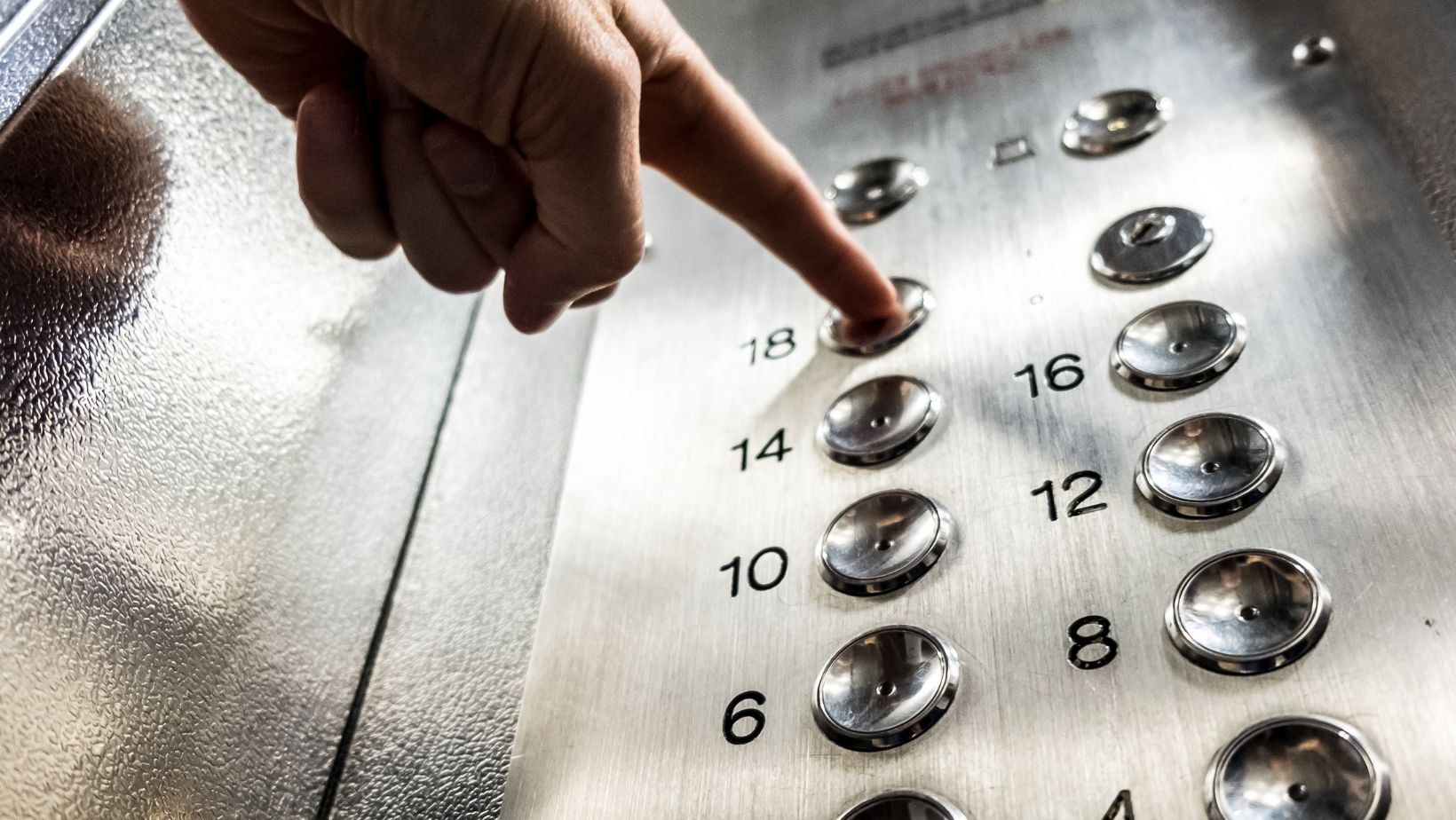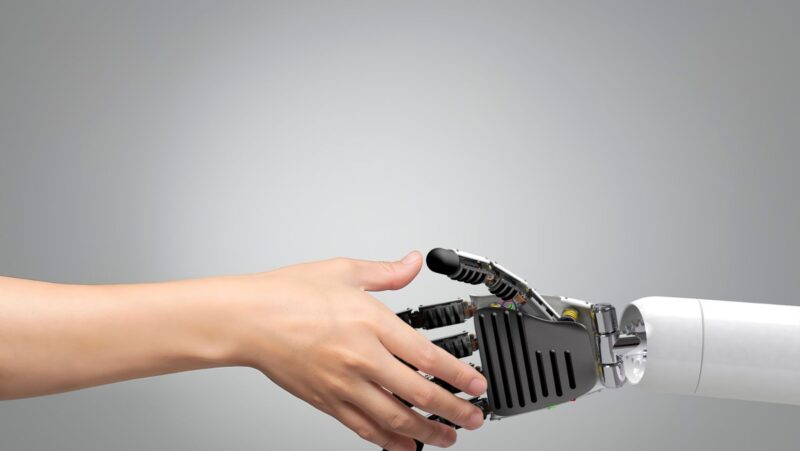
Can you envision a world where elevators do more than transport individuals, where they learn, evolve, and even help a building achieve its sustainability objectives. This is not some far-off dream; this is the reality transpiring today through digital elevator solutions.
Through the combination of advanced technology and user-friendly design, these solutions are transforming building operations and the vertical transportation experience. Let’s break down the major ways they’re impacting lives.
Efficiency in Building: Smarter Energy, Less Cost
Today’s buildings have the challenge of cutting waste and carbon emissions. Digital elevator solutions meet this head-on:
- Regenerative Drives: Recover braking energy and convert it into electricity, which gets fed back into the building grid.
- AI-Optimized Traffic Flow: Peak hours, weather, and events are analyzed to deploy elevators in an optimized manner, reducing idle time.
- Predictive Maintenance: Sensors track parts such as motors and cables, arranging for repairs before they fail.
These upgrades have the potential to reduce energy consumption by as much as 25%, making elevators from energy guzzlers into green assets.
User Experience: Elevators That Get You
Gone are the days of jostling for space or guessing which button to press. Today’s elevators prioritize convenience and comfort:
- Touchless Controls: Voice commands, smartphone apps, or facial recognition reduce physical contact—ideal for busy lobbies.
- Destination Dispatch: Input your floor before boarding, and the system groups riders by destination to minimize stops.
- Personalized Settings: Save preferences like lighting or music through user profiles for a tailored ride.
The result is less waiting, fewer hassles, and a ride that feels designed just for you.
Safety Reimagined: Proactive Protection
Digital solutions don’t just react to emergencies—they anticipate them:
- 24/7 Remote Monitoring: Technicians diagnose issues in real time, reducing downtime and risks.
- Fire Mode Automation: Elevators automatically reroute to safe floors during emergencies, bypassing smoke or fire zones.
- Anti-Vandalism Tech: Tamper-proof panels and surveillance integration deter misuse in high-traffic areas.
For hospitals, airports, and skyscrapers, these features are lifesavers literally.
The Smart Building Ecosystem: Team Players
Elevators are no longer isolated machines. They’re integral to a building’s intelligence:
- IoT Connectivity: Share data with HVAC, lighting, and security systems to optimize energy use and traffic flow.
- Occupancy Analytics: Track peak usage times to improve building layouts or staff schedules.
- Access Control Sync: Restrict floor access based on keycard permissions, enhancing security.
This connectivity makes elevators into information centers that fuel wiser decision-making.
Sustainability: More with Less
LEED– or BREEAM-certification-seeking buildings rely on Digital Elevator Solutions to achieve goals:
- Environmentally Friendly Materials: Recycled steel and low-emission finishes minimize the environmental footprint.
- Energy-Saving Modes: Inactive elevators shut down non-essential systems, such as lighting or ventilation.
- Longevity Upgrades: Modular construction enables components to be replaced without replacing entire systems.
It’s a win-win: reduced operating expenses and a cleaner footprint.
The Future of Vertical Mobility: What’s Next?
The evolution of digital elevator solutions is just beginning. Emerging trends include:
- AI-Driven Personalization: Elevators that learn individual routines (e.g., prioritizing your floor during morning rush).
- Biometric Integration: Secure access via retina scans or palm recognition.
- Self-Healing Systems: Components that detect wear and trigger repairs autonomously.
As urban density grows, these innovations will become essential for seamless city living.
Final Thoughts: Elevating Modern Living
Digital elevator solutions are more than a tech upgrade—they’re a paradigm shift in how buildings function and how people interact with them.
By putting usability, safety, and efficiency first, these systems prove that even the most routine parts of our lives can be made into an innovation moment. No matter if it is reducing the energy bill of a building, solving rush-hour traffic, or making everyone accessible, the impact of these solutions is high-flying.













